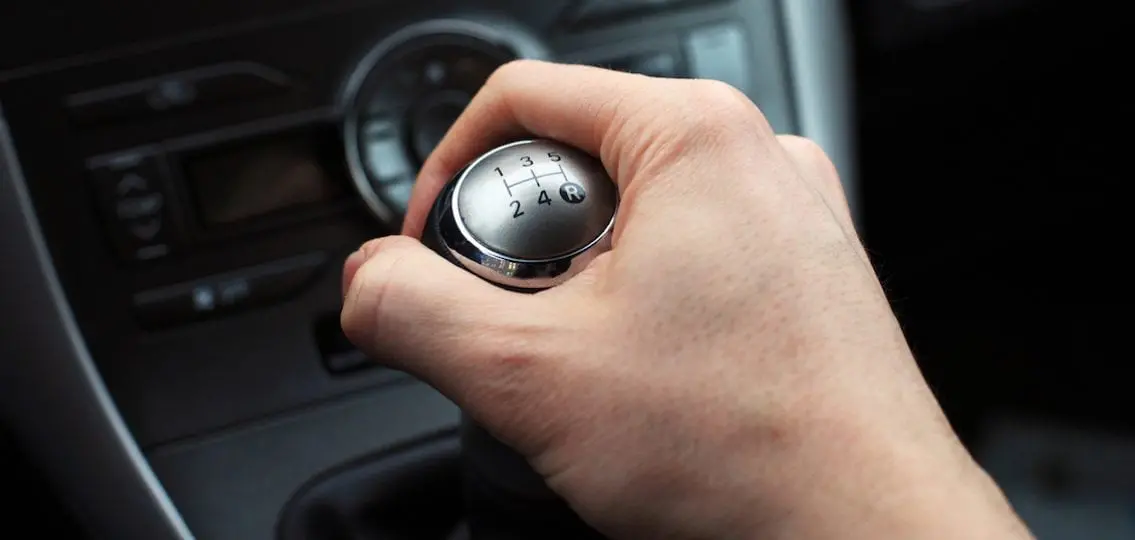After yet another “fantastic” car ride with my 14-year-old daughter, I told her that going forward, if she’s in the mood to talk, she’s welcome to sit in the front seat. If she’s grumpy, crabby, or otherwise wishes to be left alone, she may sit in the back.

She’s an athlete with long practices after long school days. Some days, she just wants to recharge on the 20-minute ride home. I tried sticking to safe topics, but they were met with the usual eye roll, heavy sigh, or short answers. She’d get frustrated, I’d get frustrated, and something that wasn’t really a big deal would turn into an argument.
I’m More than an Uber Driver
I’m finding two benefits from this new approach.
First, she knows that if she’s not feeling up to it, she can use the car ride to process everything rolling around in her head after a long day. By going to the back seat, I’ll know she needs some time to decompress.
Second, she knows that there are expectations that come with privileges like sitting up front. Things like having control over the temp, DJing the radio or a Spotify playlist, or otherwise not being stuck in the back.
Some days, it works. She bounces into the front seat and willingly shares the funny things that happened during her day, a frustration from school or practice, or the new song I’ve just got to hear.
Some days, she gets in, huffs and sighs, and glares out the window. I’ll ask her, “You sure you want to sit up here? Would you rather sit in the back?” Sometimes she’ll actually move to the back, and that’s totally fine.

Sometimes, though, all she needs is that little nuanced reminder that I’m more than an Uber driver under her command. Then she’ll offer an apology and make an effort to be pleasant.




